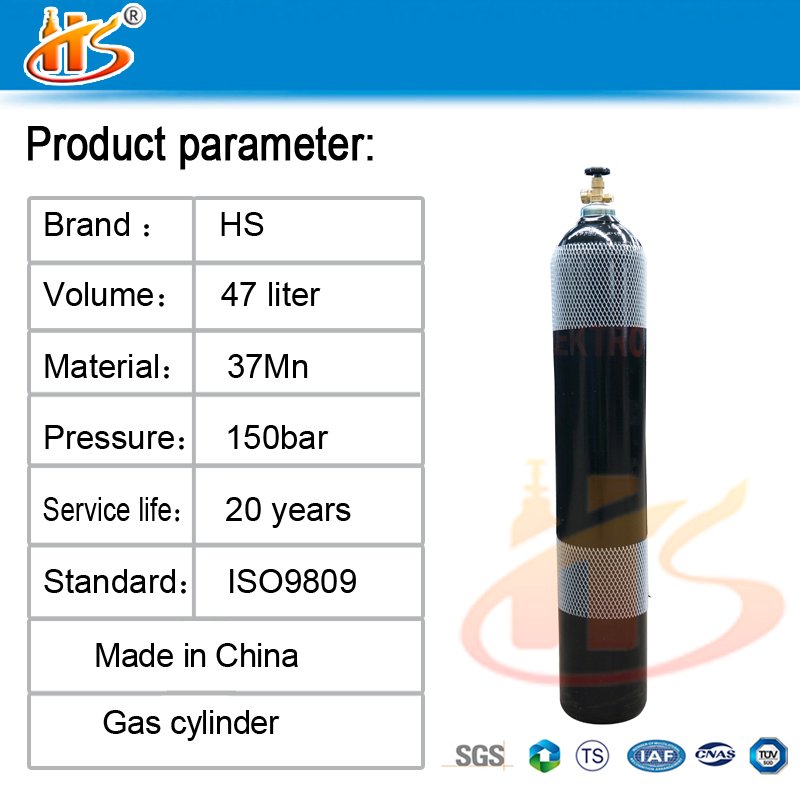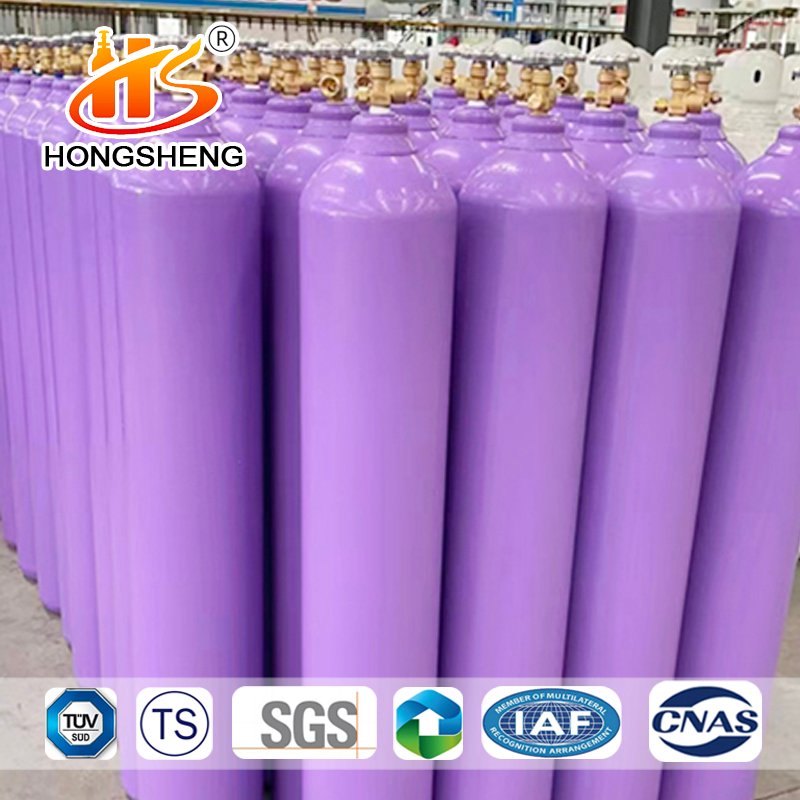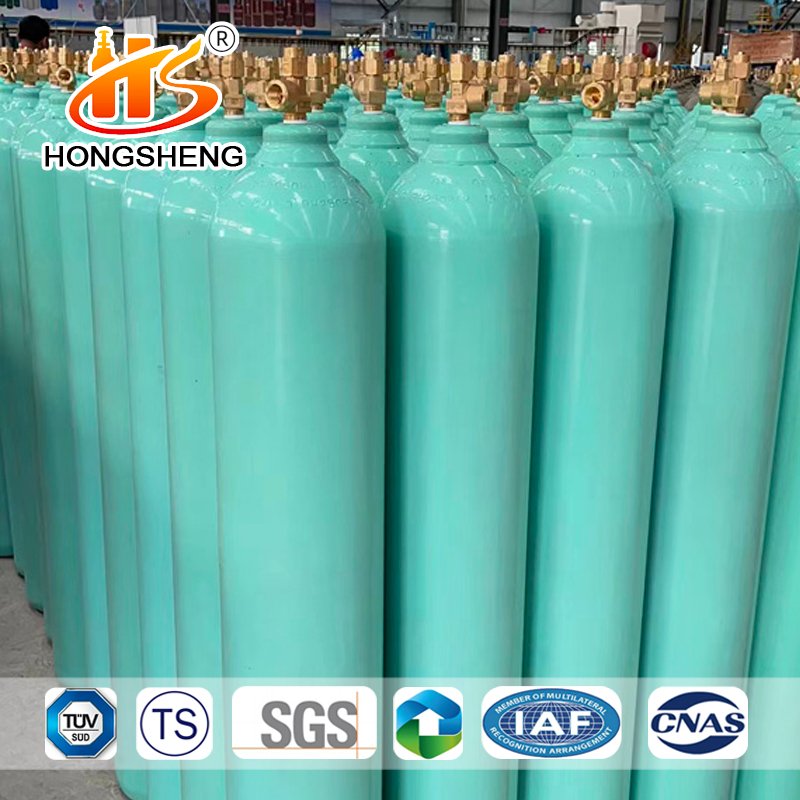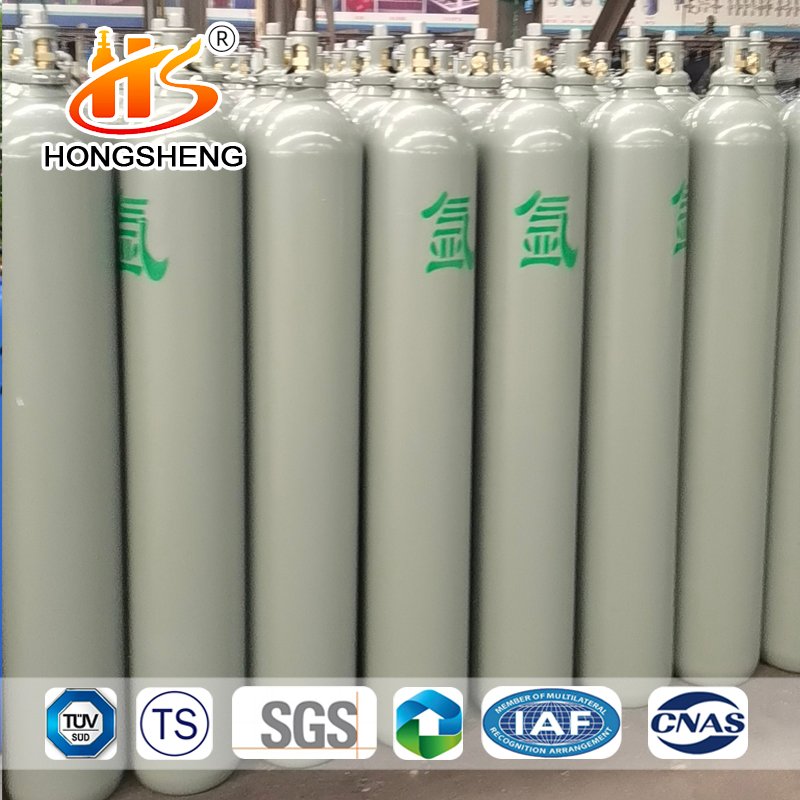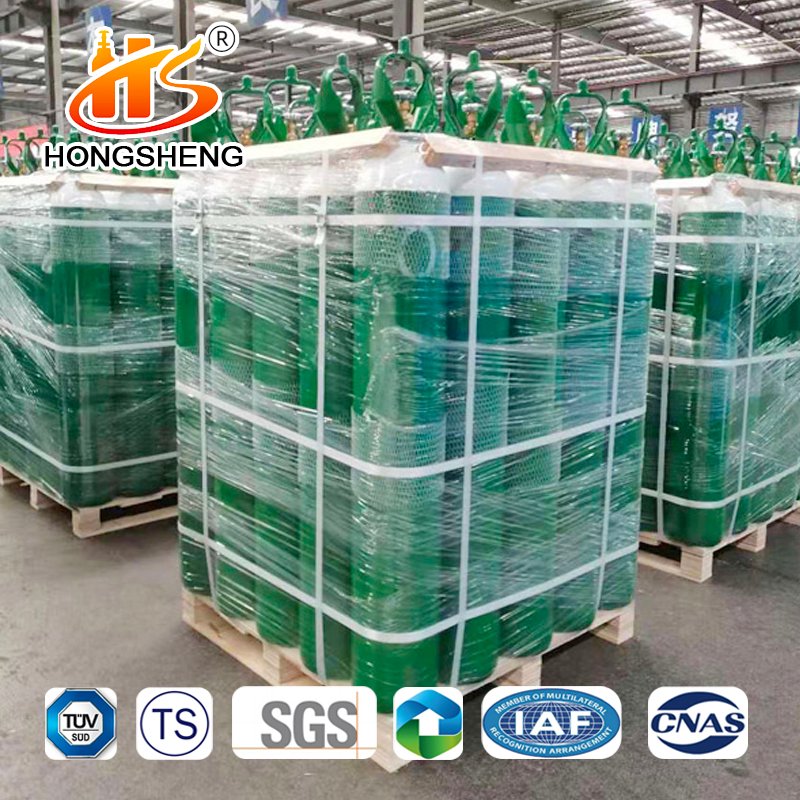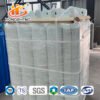
Nitrogen is often called an inert gas and is used in certain inert atmospheres for metal processing and in light bulbs to prevent arcing, but it is not chemically inert.
It is an essential element in plant and animal life and is a component of many useful compounds.
Nitrogen combines with many metals to form hard nitrides that can be used as wear-resistant metals. A small amount of nitrogen in steel inhibits grain growth at high temperatures and also improves the strength of some steels.
It can also be used to create a hard surface on steel. Nitrogen can be used to make ammonia, nitric acid, nitrate, cyanide, etc.
In making explosives; Fill high temperature thermometer, incandescent bulb; An inert material is formed to preserve material for use in a drying box or glove bag.
Liquid nitrogen in food freezing process; Used as a coolant in the laboratory.
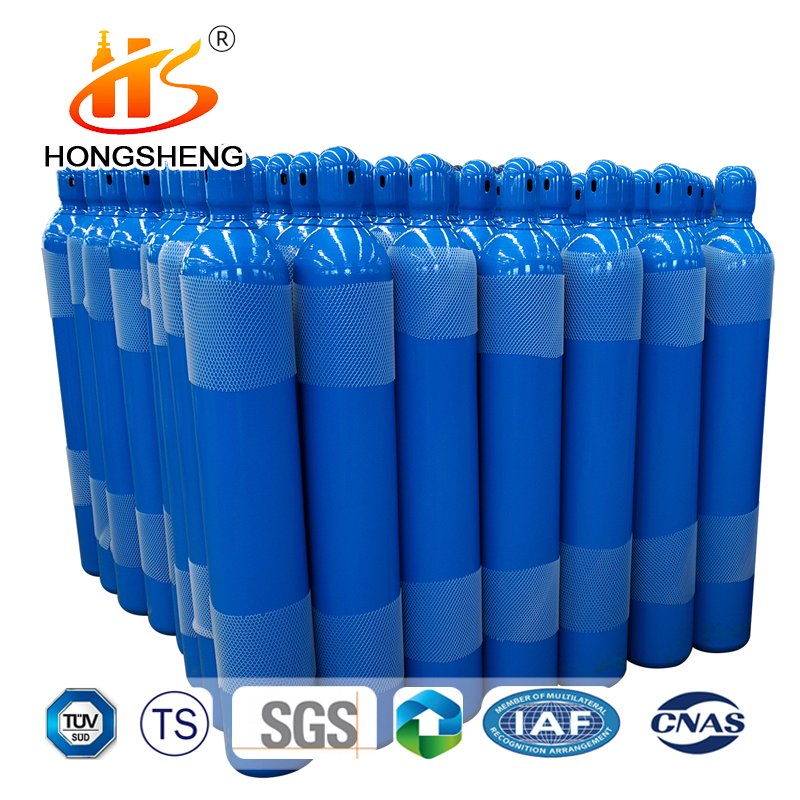
Tips til gassikkerhed:
1. Nitrogen, often called an inert gas, is used in some inert atmospheres for metal processing and in light bulbs to prevent arcing, but it is not chemically inert.
2、Nitrogen is an essential element in plant and animal life and is a component of many useful compounds.
3. Nitrogen combines with many metals to form hard nitride, which can be used as wear-resistant metal. A small amount of nitrogen in steel inhibits grain growth at high temperatures and also improves the strength of some steels. Nitrogen can also be used to create a hard surface on steel.
4, nitrogen can be used to fill high temperature thermometers, incandescent bulbs; An inert material is formed to preserve material for use in a drying box or glove bag.
5. Liquid nitrogen in food freezing process; Used as a coolant in the laboratory.
Shandong Hongsheng Pressure Vessel Co, Ltd. er villig til at være din langsigtede partner og chef for cylindersikkerhed og i fællesskab eskortere din cylindersikkerhed.

The physical and chemical properties
Molecular weight: 28.0134
Melting point (triple point, 12.53kPa) : -210.0℃
Boiling point (101.325kPa) : 195.8℃
Liquid density (-210℃, 12.534kPa) : 869.5kg /m3
Relative density (gas, 20℃, 101.325kPa, air =1) : 0.967
Specific capacity (21.1℃, 101.325kPa) : 861.5m3/kg
Gas-liquid volume ratio (15℃, 100kPa) : 691L/L
Critical temperature: -146.9℃
Critical pressure: 3400kPa
Critical density: 311 kg/m3
Heat of melting (-210.002℃, 12.53kpa) : 25.75kJ /kg
Heat of gasification (-195.803℃, 101.325kPa):198.70kJ/kg
Specific heat capacity (100kPa, 300K) : Cp=1040.8J/(kg·K)
Cv = 742.74 J/(kg · K)
Specific heat ratio (16.8℃, 101,326 kPa, gas) : Cp/Cv=1.407
Vapor pressure (-200℃) : 60 kPa
(180 ℃) : 465 kpa
(150 ℃) : 2950 kPa
Viscosity (100kPa, 280K) : 0.01691 mPa·S
Surface tension (70K) : 10.53mN/m
Thermal conductivity (100kPa, 280K) : 0.02447W/(m·K)
Refractive index (liquid, 77.12K, 101,325 kPa, 6563?) : 1.19844
(Gas, 0℃, 101,325kPa, 6563?) : 1.00029729
Toxicity level: 3
Flammability level: 0
Explosive level: 0

At room temperature and pressure, nitrogen is a colorless, odorless and tasteless inert gas. Nitrogen makes up about 78.1% of air. Liquid nitrogen is also colorless, odorless and lighter than water. It burns in the air.
use Chemical fertilizer, ammonia, nitric acid and other compounds manufacturing, inert protection medium, frozen food, low temperature grinding refrigerant, coolant, electronic industry epitaxial, diffusion, chemical vapor deposition, ion injection, plasma dry engraving, photography, etc., but also used as standard gas, rectification gas, zero gas, balance gas, etc.
Nitrogen must be stored in steel pressure cylinders and liquid nitrogen must be transported in insulated containers and tankers. Nitrogen is not corrosive. Carbon steel, stainless steel, copper, copper alloy, aluminum and other common metal materials and common plastic materials can be used at room temperature. For liquid nitrogen, nickel steel (90% nickel), stainless steel, copper, brass, and silicon bronze can be used. Teflon and PTFE can be used at low temperatures.


